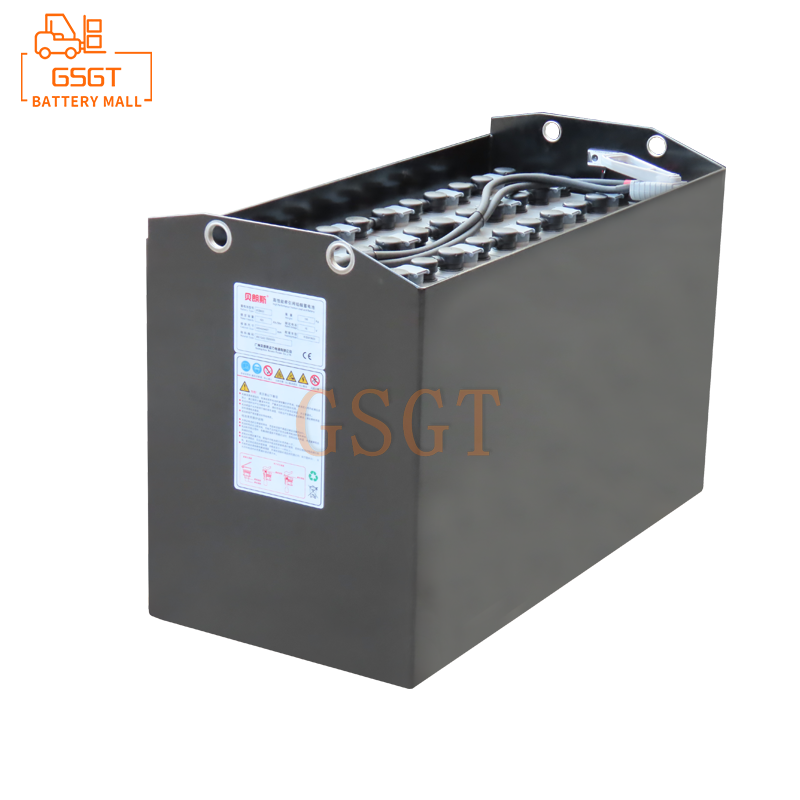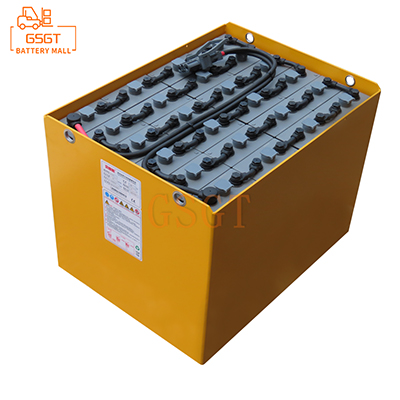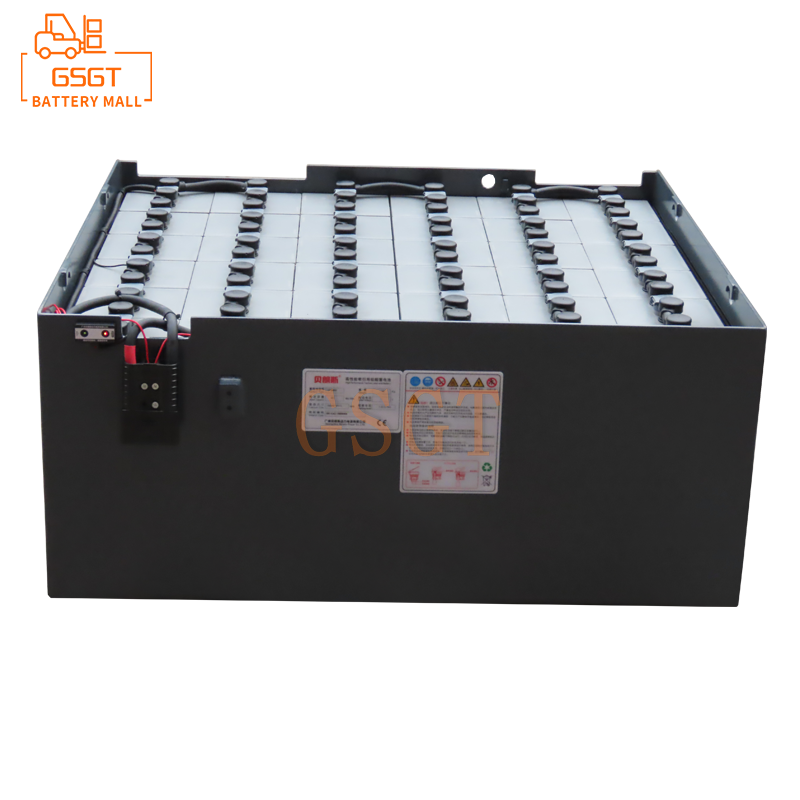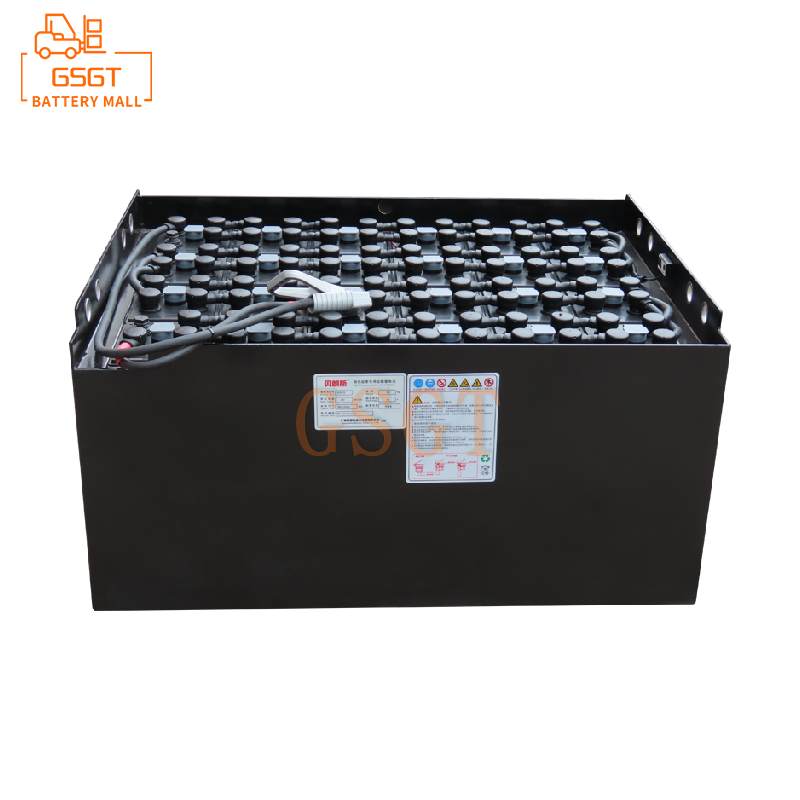Time:2025-07-09 10:18:57
Browse:614
As a core device in the industrial logistics field, the stability of the power source of forklifts directly affects the operational efficiency. Lead-acid batteries remain the preferred power solution for most forklifts due to their low cost and mature technology. However, the quality of products on the market varies greatly. How can one choose a battery that is both compatible and durable? This article starts from practical application needs, breaks down the core elements of selection, and helps you avoid common selection mistakes.
Ⅰ. Clarify the working conditions of the forklift: Match the basic parameters of the battery
The first step in purchasing is to "tailor to fit", that is, to determine the core parameters of the battery based on the operation intensity and environmental conditions of the forklift.
1. Capacity and voltage: Meet the battery life requirements
The capacity unit of lead-acid batteries is ampere-hours (Ah), which represents the duration of power supply for the battery at a certain discharge rate. For instance, if a 5-ton forklift operates for an average of 8 hours a day and consumes approximately 50Ah of electricity per hour, theoretically, a battery with a capacity of 400Ah or more should be selected. However, in practice, the depth of discharge needs to be taken into account (it is recommended not to exceed 80%, as excessive discharge will shorten the lifespan), so a 20% margin should be reserved, that is, a battery with a capacity of around 500Ah should be selected.
The voltage needs to match the forklift motor. Common specifications include 24V, 48V, 72V, etc. Selecting the wrong voltage may cause the equipment to fail to start and even burn out the circuit.
2. Size and weight: Compatible with forklift battery compartments
The battery compartments of forklifts of different brands and models vary greatly in space. If the battery size is too large, it may not be installed smoothly. If the size is too small, it may shake during driving, causing the wiring to loosen. At the same time, the weight of the battery will affect the weight balance of the forklift, especially for reach trucks. Both being too heavy and too light will affect the stability of operation. When purchasing, it is necessary to strictly refer to the size and weight parameters in the forklift manual.
3. Low-temperature performance: Adaptable to special environments
In low-temperature environments such as cold storage facilities and northern winters, the capacity of lead-acid batteries will significantly decline (for every 10℃ drop in temperature, the capacity may decrease by 10% to 15%). If the forklift needs to operate at temperatures below -10℃, a low-temperature dedicated lead-acid battery should be selected. Its plate and electrolyte formula have been optimized to maintain good charging and discharging performance at low temperatures.
Ⅱ. Pay attention to the core performance of the battery: lifespan, safety and maintenance cost
Parameter matching is just the foundation. The actual performance of the battery directly determines the long-term usage experience.
1. Cycle life: Reduce replacement frequency
The cycle life of lead-acid batteries refers to the number of times they can be fully charged and discharged once. High-quality batteries can last for more than 1,500 times. The key to judging the cycle life lies in the plate manufacturing process: batteries with paste-coated plates are more durable than those with traditional cast plates because the active material adheres more firmly and is less likely to fall off.
2. Safety: Prevent leakage and bulging
During the charging and discharging process of lead-acid batteries, hydrogen gas is produced. If the sealing performance is poor, it may cause leakage or explosion risks. When making a purchase, please check:
Is the shell made of acid-resistant and impact-resistant ABS material?
- Whether the safety valve is sensitive (can automatically release air to reduce pressure when the internal pressure is too high);
Check whether the terminal posts are made of lead-calcium alloy to reduce the risk of corrosion and leakage.
3. Maintenance convenience: Reduce downtime
Traditional lead-acid batteries require regular water replenishment (distilled water). If not properly maintained, it can lead to sulfation of the plates and shorten their lifespan. If an enterprise lacks professional maintenance personnel, it can choose a maintenance-free lead-acid battery. The electrolyte in this battery is adsorbed in the separator and does not require water replenishment. Only the terminals need to be cleaned regularly. However, it should be noted that maintenance-free does not mean "no maintenance required", and the charging status still needs to be checked regularly.
Ⅲ. Frequently Asked Questions: Avoid Selection Pitfalls
Question: Is a more expensive battery always better?
Answer: Not necessarily. High-priced batteries may have higher costs in terms of brand premium and additional features (such as smart monitoring), but their core performance may not fully meet the requirements. For instance, forklifts in ordinary warehouses do not need to choose low-temperature dedicated batteries; otherwise, it will increase unnecessary expenses. It is recommended to prioritize comparing the cycle life and safety under the same parameters, and then make a decision based on the price.
Question: Can old batteries be directly replaced with large-capacity batteries?
Answer: Caution is needed. Large-capacity batteries are usually heavier. If the battery compartment of a forklift has limited load-bearing capacity, it may cause the frame to deform. In addition, large-capacity batteries require matching chargers. If they are charged for a long time with low-power chargers, it will affect the battery life and even pose a risk of overheating. Before replacement, it is necessary to consult the forklift manufacturer to confirm the load-bearing capacity of the battery compartment and the compatibility of the charger.
Conclusion
When choosing lead-acid batteries for forklifts, it is necessary to take into account "compatibility", "performance" and "economy". Starting from the working conditions of the forklift, clarify the parameter requirements, then compare the battery's cycle life, safety and maintenance costs, and finally select a reliable supplier. Only in this way can we select batteries that not only meet the operational requirements but also reduce long-term usage costs, thus safeguarding the efficiency of industrial logistics.

$2450

$3405

$4045

$5030

MESSAGE
Professional And Efficient
Security
Affordable Price
Professional Services